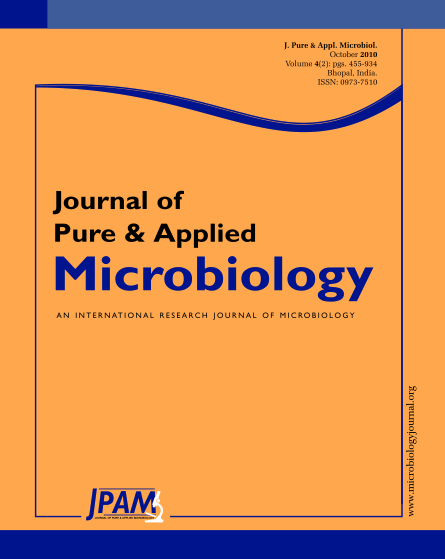Psychrotrophic bacteria are capable of surviving in a cold environment (4o-7oC) regardless of their optimum growth temperature. They can be found in soil, deep sea water and in foods. The psychrotrophic bacteria isolated from dairy products can grow at refrigeration temperature and their number increases during cold storage and makes the food worse by producing exoenzymes such as protease, lipase etc.For searching of these psychrotrophs, milk and fermented milk products were collected from ten different dairies of Nasik region in Maharashtra and analyzed for total psychrotrophic count. Two psychrotrophic bacterial species that were present in milk and fermented milk products belongs to Genus Pseudomonas. These species of Pseudomonas were further identified as Pseudomonas putida and Pseudomonas stutzeri on the basis of morphological, biochemical and physiological features as well as 16S rRNA sequencing. The base sequences of these isolates were submitted to NCBI GenBank to assign the accession number. They were also analyzed for protease and lipase production at refrigeration temperature. Pseudomonas putida showed both proteolytic as well as lipolytic activity whereas Pseudomonas stutzeri showed only lipolytic activity. Both the enzymes were estimated by qualitative as well as by quantitative methods.
Psychrotrophs, Pseudomonas, lipolytic, proteolytic, 16S rRNA sequence
© The Author(s) 2010. Open Access. This article is distributed under the terms of the Creative Commons Attribution 4.0 International License which permits unrestricted use, sharing, distribution, and reproduction in any medium, provided you give appropriate credit to the original author(s) and the source, provide a link to the Creative Commons license, and indicate if changes were made.


